SENG News


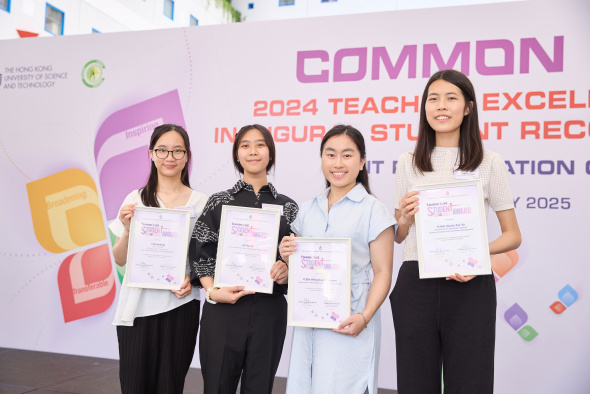
Recognizing Outstanding Achievements in Common Core studies

Heading to the International Stage
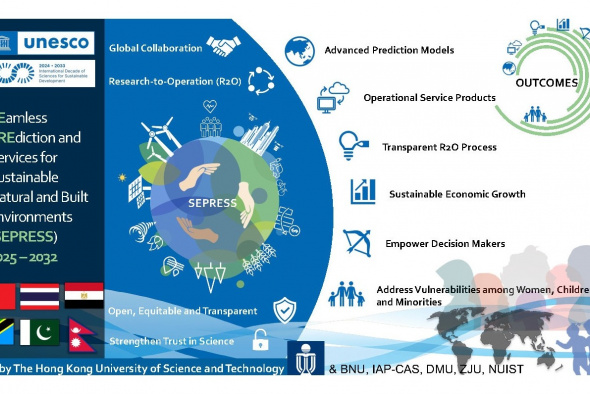
Pioneering Climate Resilience and Sustainability

Transforming Biomass into High-Value Chemicals with Enhanced Efficiency and Sustainability
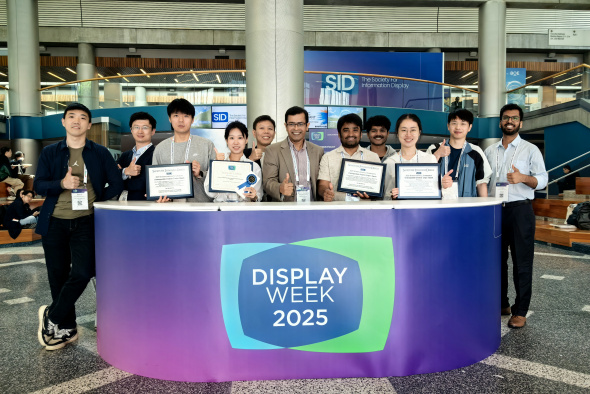
Achieving the Highest Number of Awards Among Universities Worldwide
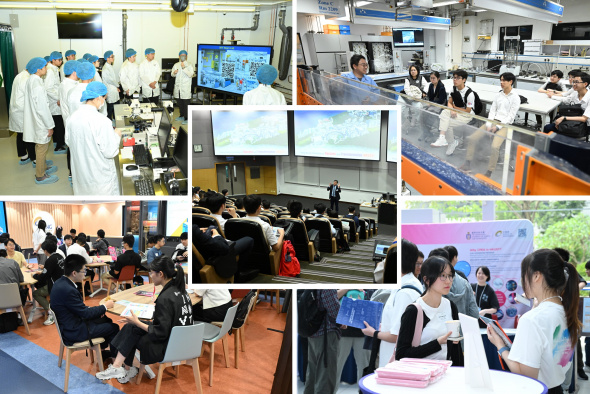
Experiencing the Impact of Engineering and Technology
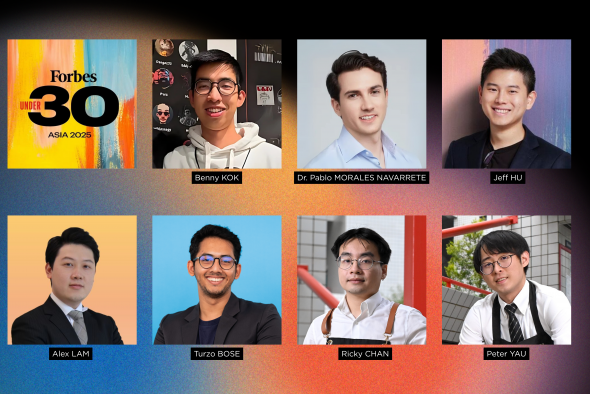
Changemakers Who Are Transforming Their Industries
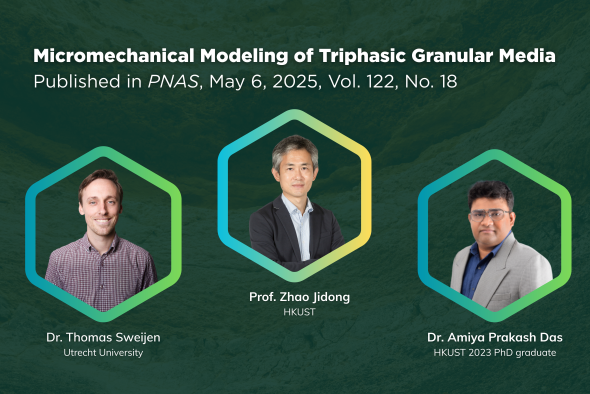
Innovation in Geohazard Mitigation and Precision Pharmaceutics
